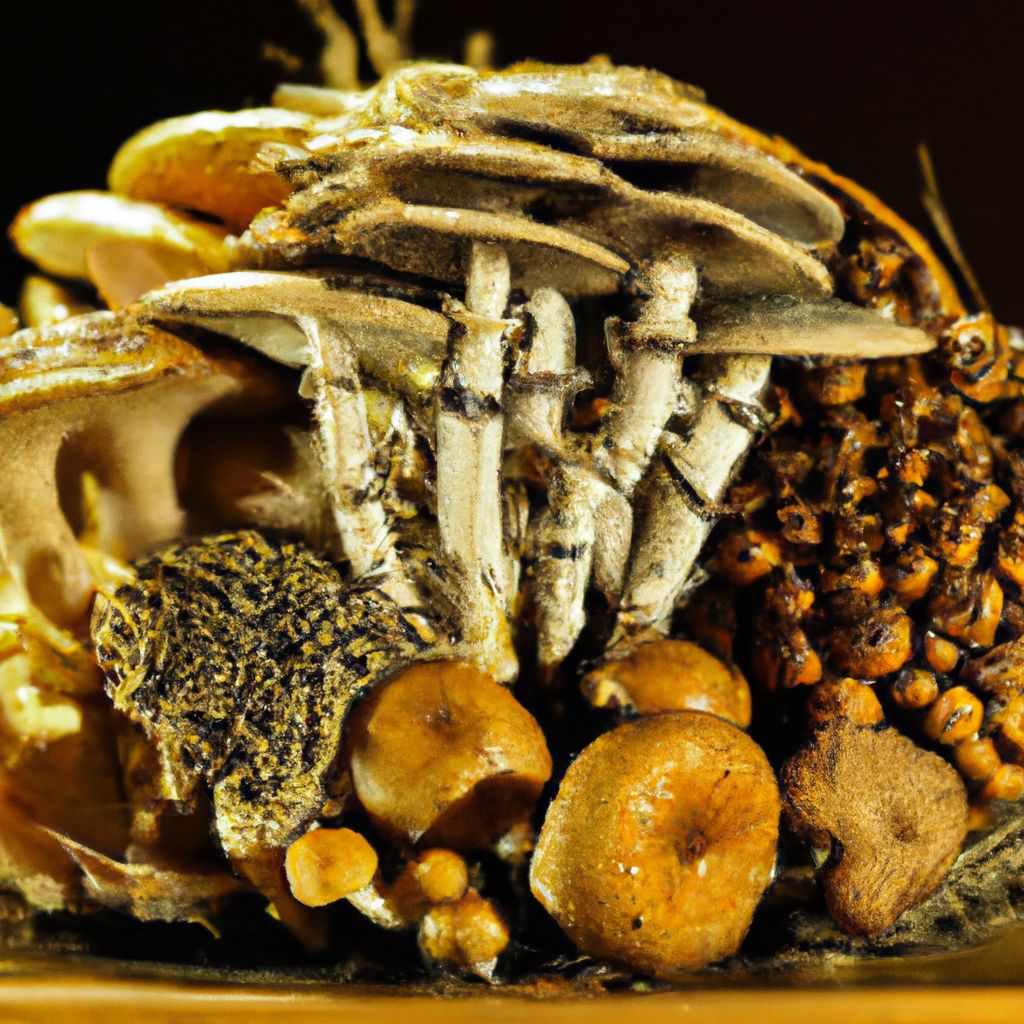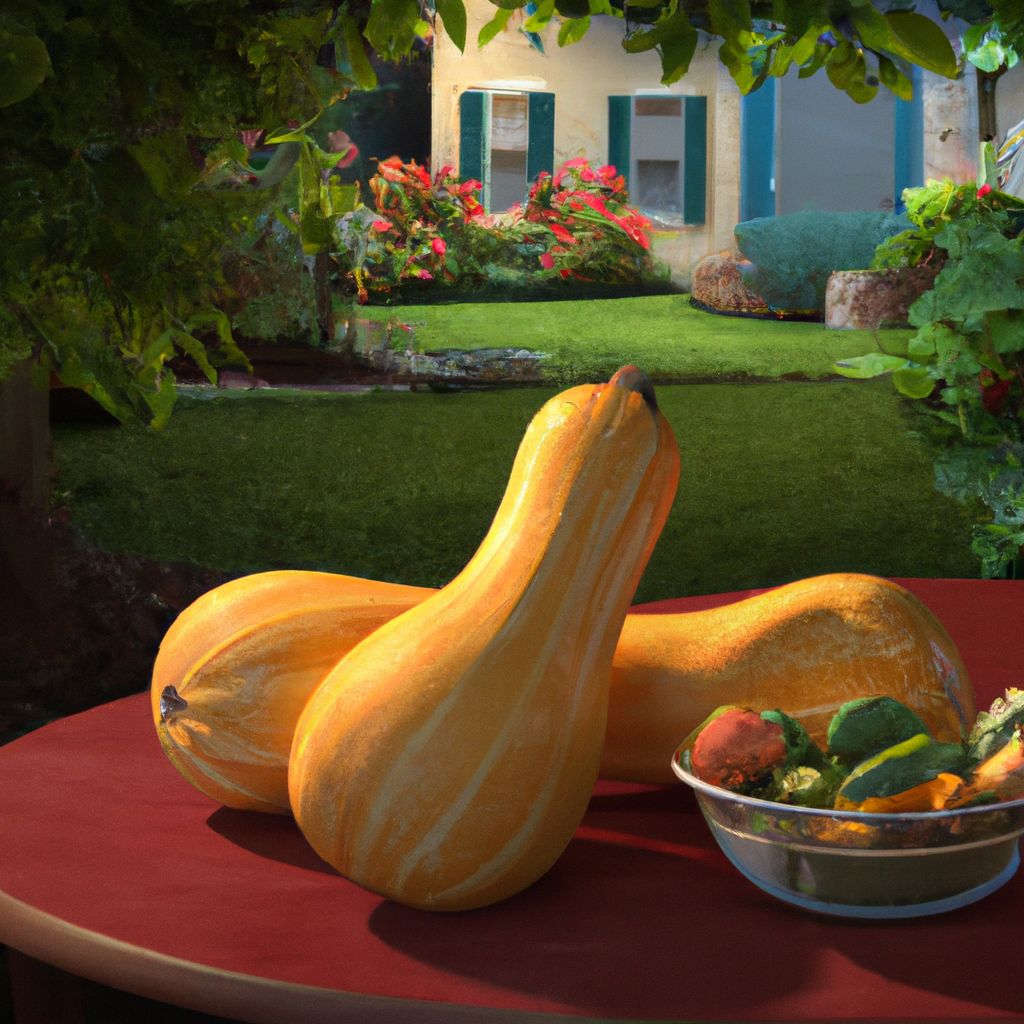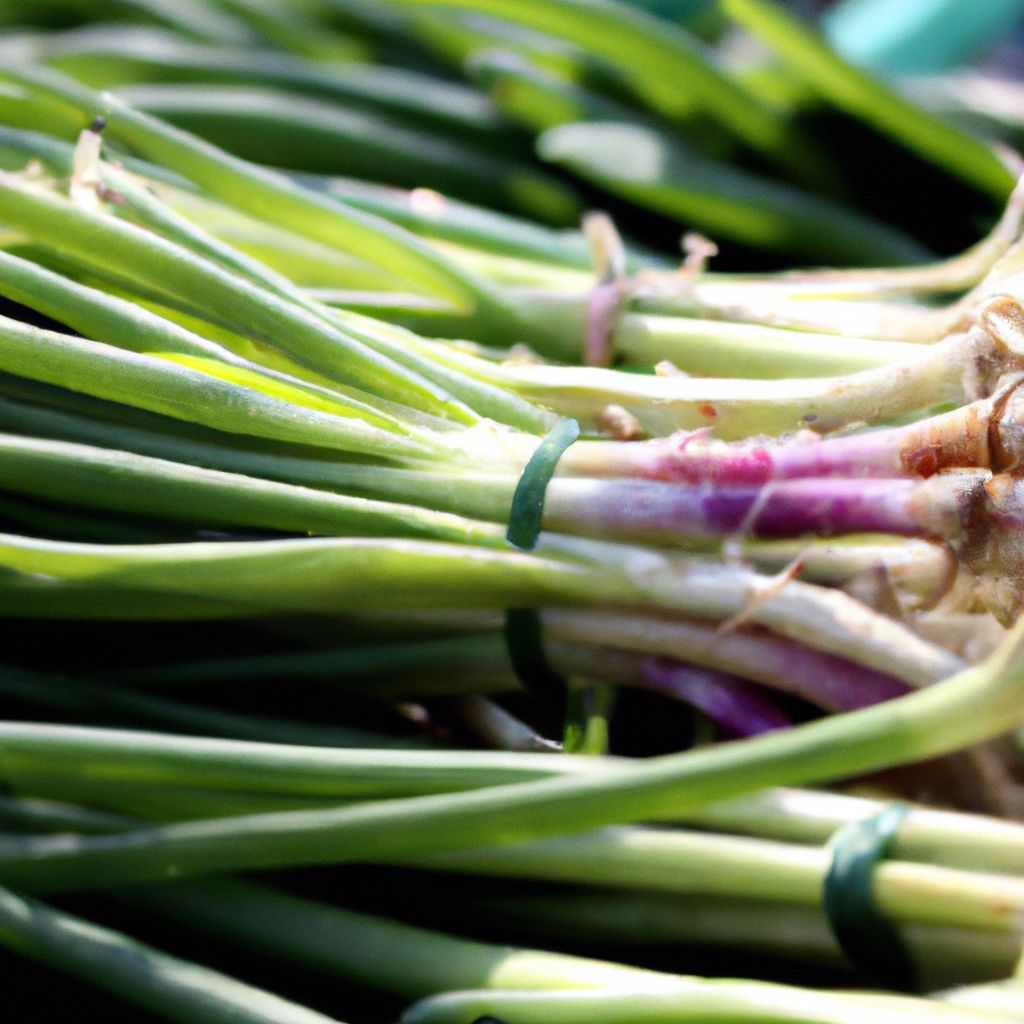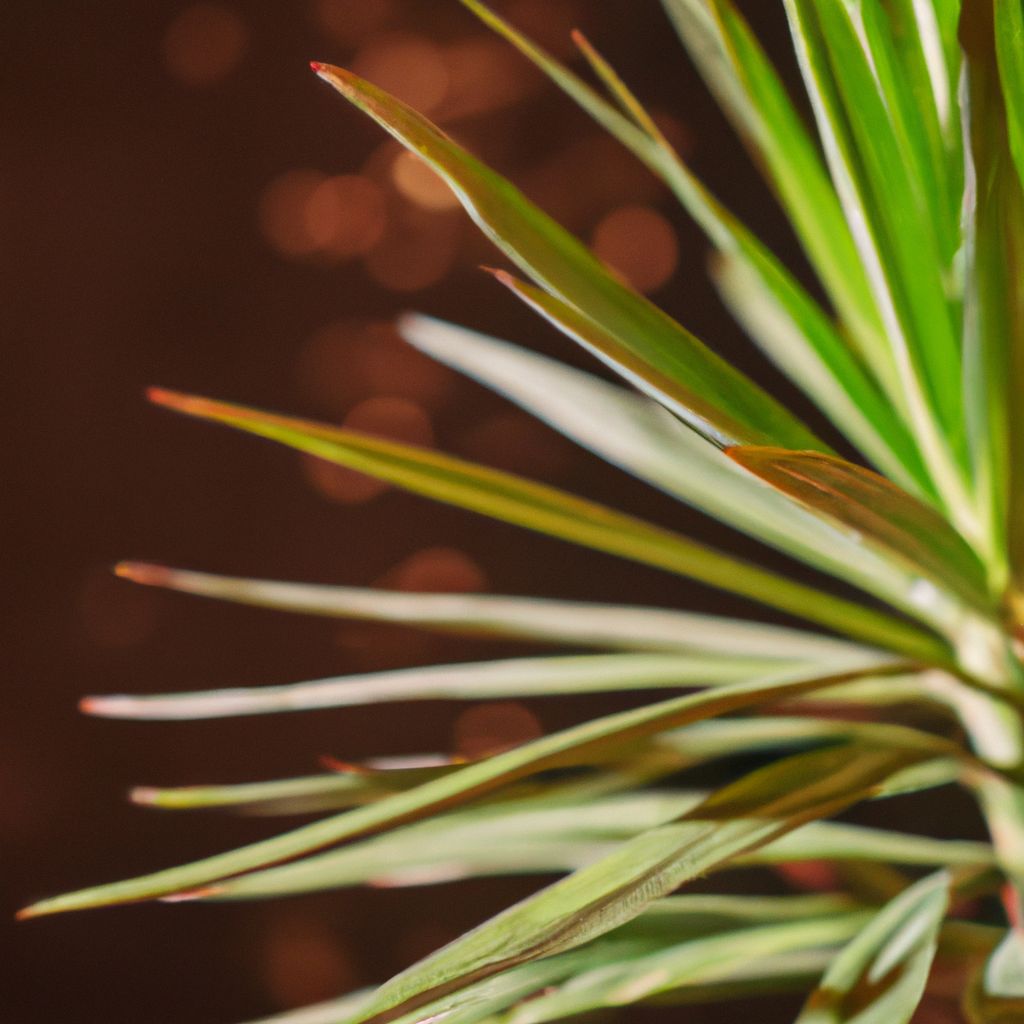Imagine the satisfaction of harvesting your own fresh, flavorful mushrooms. The journey of learning how to cultivate Australian and Oceanian mushrooms is rewarding. It’s a fascinating way to connect with nature and explore culinary possibilities.
The Allure of Growing Mushrooms
Cultivating mushrooms at home offers a unique opportunity. You can immerse yourself in the natural world. As you nurture these fungi, you’ll develop a deeper appreciation. You’ll see the intricate beauty of nature and its ability to provide sustenance.
Growing mushrooms connects you with the earth. You’ll witness the intricate life cycle firsthand. One of the most appealing aspects is having fresh, nutrient-rich food. Imagine harvesting your own mushrooms and incorporating them into dishes. You’ll know they’re free from harmful chemicals and additives.
With each bite, you’ll savor unparalleled flavor and freshness. Only homegrown mushrooms can provide this. Furthermore, growing mushrooms opens up culinary adventures. You’ll explore diverse flavors, textures, and varieties. From earthy and robust to delicate and subtle, each mushroom brings a distinct character.
Types of Mushrooms to Grow
Australia and Oceania are home to diverse mushroom species. Each has unique characteristics and flavors. Here are some captivating varieties to consider:
Australian Mushroom Varieties:
- Golden Chanterelle (Cantharellus cibarius): Known for its golden color and delicate, fruity flavor. Prized for versatility and ability to complement dishes.
- Australian Truffle (Tuber melanosporum): A gourmet delicacy with rich aroma and intense, earthy flavor. Found mainly in Western Australia.
- Black Morel (Morchella elata): Distinctive honeycomb-like appearance. Highly sought-after with unique flavor and texture. Found in forested areas.
Oceanian Mushroom Varieties:
- Pine Mushroom (Lactarius deliciosus): Also known as saffron milk cap. Brightly colored, grows near pines. Prized for meaty texture and earthy flavor.
- Blue Stain Fungus (Chlorociboria): Unique fungus forming blue stain patterns on decaying wood. Adds natural artwork to your growing setup.
Consider factors like climate, environment, and personal preferences when selecting mushrooms. Some require advanced techniques, while others suit beginners. Research each variety’s requirements for successful growth.
Setting Up Your Mushroom Growing Space
To start, gather essential supplies. Specialized kits simplify the process, but many prefer sourcing individually:
- Growing containers: Plastic bags, trays, buckets or tubs. Choose containers suitable for crop size with adequate ventilation.
- Substrates: Growing medium providing nutrients and support. Common options include straw, wood chips, sawdust, and compost.
- Mushroom spawn or spores: Starting point for cultivation. Spawn is mycelium-covered material, spores are reproductive units.
- Inoculation tools: Sterilized syringes, agar wedges or specialized tools introducing spores/spawn into substrate.
- Misting bottle: Maintains proper humidity levels during cultivation.
- Thermometer and hygrometer: Monitors and regulates temperature and humidity.
- Light source: Mushrooms don’t require direct sunlight, but ambient light aids development.
- Clean workspace: Crucial for preventing contamination and healthy growth.
- Protective equipment: Gloves and face masks protect against allergens and contaminants.
Choosing the Right Growing Substrate
The substrate is critical for successful cultivation. Match it to your chosen mushroom species’ requirements:
- Straw: Ideal for oyster, shiitake and many species. Provides nutrients and moisture.
- Wood chips/sawdust: Excellent for mushrooms thriving on woody substrates like shiitake, reishi, and lion’s mane.
- Compost: Nutrient-dense, suitable for button, oyster, and portobello mushrooms. Retains moisture.
- Supplemented substrates: Some add wheat/rice bran or gypsum for enhanced growth and yield.
Consider availability, cost, and ease of preparation when choosing. Ensure it’s organic and contaminant-free.
Creating the Ideal Environment
Mushrooms thrive in specific conditions. Create an ideal environment mimicking their natural habitat:
- Temperature: Most prefer 60°F to 75°F (15°C to 24°C). Maintain consistent temperature for optimal growth.
- Humidity: Mushrooms require 80-90% humidity. Mist regularly or use a humidifier.
- Air circulation: Essential for preventing CO2 buildup. Use fans or open windows.
- Light: Indirect light from windows or artificial grow lights provides necessary illumination.
Monitor and adjust these factors for the perfect conditions.
The Mushroom Cultivation Process
Once you’ve gathered supplies and set up the environment, begin the cultivation process:
Inoculating the Substrate with Mushroom Spores
- Prepare the substrate: Sterilize growing medium like sawdust or straw for a clean environment.
- Obtain spores/spawn: Purchase or source mushroom spawn/spores as starting point.
- Mix spores/spawn with substrate: Carefully mix, ensuring even distribution.
- Transfer to container: Place mixture in chosen container like a bag or tray.
- Seal container: Create enclosed environment for spores/spawn to germinate and colonize.
- Incubate: Store sealed container in warm, dark place for germination and mycelium spread.
- Monitor and wait: Check regularly for mycelium growth indicating successful colonization. May take weeks.
Maintaining Temperature and Humidity
Once mycelium colonizes the substrate, maintain proper conditions for fruiting body formation:
- Temperature control: Use thermometer to monitor 60°F to 75°F (15°C to 24°C) range. Adjust with heating mats, space heaters or AC.
- Humidity management: Maintain 80-90% humidity with humidifier or misting. Use hygrometer to monitor levels.
- Air circulation: Use fans or open windows to prevent CO2 buildup and promote growth.
- Light exposure: Provide indirect light from windows or artificial sources.
Monitoring Growth and Development
Closely monitor growth and development throughout cultivation:
- Mycelium colonization: Watch for healthy, white mycelium spread as a good sign.
- Primordia formation: Small, round structures before fruiting bodies appear, indicating imminent fruiting.
- Fruiting body development: Monitor emerging and growing mushroom fruiting bodies.
- Pests and diseases: Regularly inspect for pests like mites/insects or issues like mold/bacterial infections.
Close monitoring allows informed decisions and prompt actions for a successful harvest.
Caring for Your Mushroom Crop
Beyond providing the right environment, actively care for your crop:
Watering and Fertilizing Techniques
- Watering: Use misting bottle/spray bottle for gentle moisture. Avoid overwatering or directly watering fruiting bodies.
- Fertilizing: Add mushroom-specific fertilizer or compost tea occasionally for nutrient boost.
Identifying and Managing Pests and Diseases
- Mold and bacterial infections: Remove affected mushrooms/substrate immediately. Improve air circulation and reduce humidity.
- Insect infestations: Use insecticidal soaps or predators like nematodes. Maintain clean environment.
- Mushroom diseases: Research symptoms and take measures like removal, environmental adjustments or approved fungicides.
Vigilance and prompt action protect your crop for successful harvest.
Harvesting and Enjoying
The rewarding moment – harvesting and enjoying your homegrown mushrooms!
When to Harvest
Timing ensures capturing peak flavor and texture:
- Button mushrooms: When caps are 1.5-2 inches, before opening/releasing spores.
- Oyster mushrooms: When caps fully expand but before turning upwards.
- Shiitake mushrooms: When caps open and edges curl slightly upwards.
- Portobello mushrooms: At 4-6 inch caps with firm, meaty texture.
Gently twist and pull from substrate, trimming remaining stems.
Proper Storage Methods
Proper storage extends shelf life and maintains mushroom quality:
- Refrigeration: Store fresh in paper bag or breathable container. Cool temperatures slow deterioration.
- Avoid washing before storage: Mushrooms are porous and absorb excess moisture, leading to spoilage. Only wash before use.
- Use airtight containers: For extended storage, transfer to airtight bags/containers, removing air. Retains moisture and texture.
- Separate varieties: Keep different varieties separate to prevent flavor transfer.
- Check regularly: Monitor stored mushrooms for spoilage signs like mold, slime or odors. Discard any spoiled ones promptly.
- Drying or freezing: For long-term storage, dry or freeze mushrooms. Dried can last months, frozen up to a year.
Proper techniques allow you to enjoy your homegrown mushrooms for an extended period.
Culinary Inspirations and Recipes
Incorporate your homegrown Australian and Oceanian mushrooms into culinary creations. These versatile fungi add depth, richness and umami flavor:
- Sautéed Mushroom Medley: Sauté mixed mushroom varieties in butter/oil with garlic, herbs and white wine. Serve as side, tossed with pasta or over steak.
- Mushroom Risotto: Arborio rice cooked with sautéed mushrooms, wine and broth creates a creamy indulgence. Top with Parmesan and parsley.
- Mushroom Soup: Blend sautéed mushrooms with broth, cream and aromatics like onions, garlic and thyme for earthy comfort. Garnish with mushroom chips or truffle oil.
- Stuffed Mushroom Caps: Fill large caps with savory breadcrumb, herb and cheese stuffing, then bake.
- Mushroom Tacos: Sauté mixed mushrooms with peppers, onions and taco seasoning. Serve in tortillas with avocado, cilantro and lime.
- Mushroom Pizza: Top crust with assorted sautéed mushrooms, caramelized onions, herbs and cheese.
- Mushroom Burgers: Pulse mushrooms into mixture with breadcrumbs, eggs and seasonings for delicious veggie patties.
- Mushroom Stir-Fry: Quickly sauté mushrooms with colorful veggies, soy sauce, garlic and ginger over rice.
- Mushroom Pâté/Dip: Blend sautéed mushrooms, cream cheese, garlic and herbs into a rich spread or dip.
- Grilled Mushroom Skewers: Thread mushrooms onto skewers, brush with herb oil/marinade and grill until tender and smoky.
Experiment with different mushroom varieties, flavors and techniques to create your own delicious dishes. Your homegrown crop adds unbeatable freshness.
Sharing the Joy
The joy multiplies when shared with others. Spread your passion while fostering community:
- Start a Blog/Vlog: Document your journey from setup to harvest through writing or video. Provide tips and insights.
- Join Online Forums: Participate in forums dedicated to mushroom cultivation. Share experiences, ask questions and exchange ideas globally.
- Organize Workshops: Host workshops or demos in your community, partnering with centers, clubs or schools to reach wider audiences.
- Collaborate with Farms/Restaurants: Supply your homegrown mushrooms to local establishments focused on locally-sourced ingredients. Collaborate on educational events.
- Engage with Gardening Groups: Join local groups and connect with fellow gardeners interested in mushroom cultivation. Share knowledge and encourage new hobbyists.
Sharing your passion inspires others while promoting sustainable living and nature appreciation.
FAQs
How do I grow mushrooms at home using a mushroom kit?
You can grow mushrooms at home using a mushroom kit, such as those available in Australia and Oceania. The kit provides all the necessary materials and clear instructions for a hands-on learning experience, guiding you through the entire growth cycle.
What materials do I need to grow mushrooms at home?
Essential materials include freshly cut logs or oak logs, mushroom spawn, beeswax, sterilized food-grade buckets, straw or sugarcane bagasse, hydrated lime, surgical tape, clean pillowcases, gloves, eye protection, and face masks.
How long does it take to grow mushrooms using a kit?
Using a mushroom growing kit, the process may take between 45 to 60 days. It requires patience and careful maintenance to ensure optimal growth and fruiting.
What are the different stages of mushroom growing?
The main stages are spawn production, compost production, growing stage, harvesting stage, and packing and shipping.
Why should I consider growing my own mushrooms?
Growing your own mushrooms provides a greater appreciation for nature, a hands-on learning experience, access to fresh and high-quality mushrooms, and an opportunity to explore the wonders of mushroom cultivation as a rewarding and sustainable hobby.
Is it safe to consume homegrown mushrooms?
Consuming homegrown mushrooms is generally safe if proper techniques and safety guidelines are followed. However, it is crucial to correctly identify the mushroom species to avoid consuming toxic or potentially lethal varieties.
What is the ideal temperature for mushroom cultivation?
Most mushroom species thrive within a temperature range of 60°F to 75°F (15°C to 24°C). Maintaining a consistent temperature within this range is crucial for optimal growth.
How often should I water my mushroom crop?
Mushrooms require consistent moisture, but avoid overwatering. Use a misting bottle or spray bottle to gently mist the growing area regularly, taking care not to directly water the fruiting bodies.
How do I identify and manage common mushroom pests and diseases?
Common issues include mold, bacterial infections, insect infestations, and fungal diseases like dry bubble or green mold. Research specific symptoms and take appropriate measures such as removing affected mushrooms, adjusting environmental conditions, or using approved fungicides.
Can I grow mushrooms outdoors?
While most mushroom cultivation takes place indoors for better environmental control, some species can be grown outdoors if the climate and conditions are suitable. However, extra care and monitoring may be required.
Reap the Rewards of Your Australian and Oceanic Journey
Cultivating Australian and Oceanian mushrooms at home is a fascinating and rewarding journey. It connects you with nature, provides a sustainable food source, and offers endless culinary possibilities. By following the proper techniques, selecting suitable mushroom varieties, and creating the ideal growing environment, you can embark on a fulfilling adventure that yields delicious and nutritious homegrown mushrooms.
The process may seem daunting at first, but with patience, attention to detail, and a willingness to learn, you’ll soon find yourself immersed in the captivating world of mushroom cultivation. From inoculating the substrate to harvesting your crop, each step brings a sense of accomplishment and a deeper appreciation for these incredible fungi.
Moreover, the joy of cultivating mushrooms extends beyond the physical rewards. It fosters a connection with like-minded enthusiasts, enabling you to share your knowledge, inspire others, and contribute to a growing movement towards sustainable living. So, embrace this rewarding journey, and let your passion for mushrooms guide you towards a life enriched by the beauty and bounty of nature.






















































